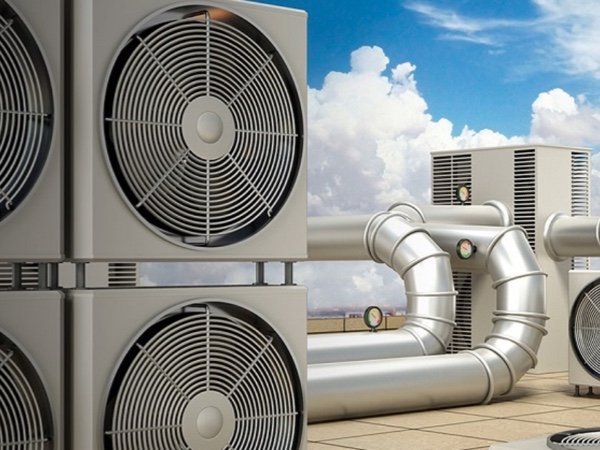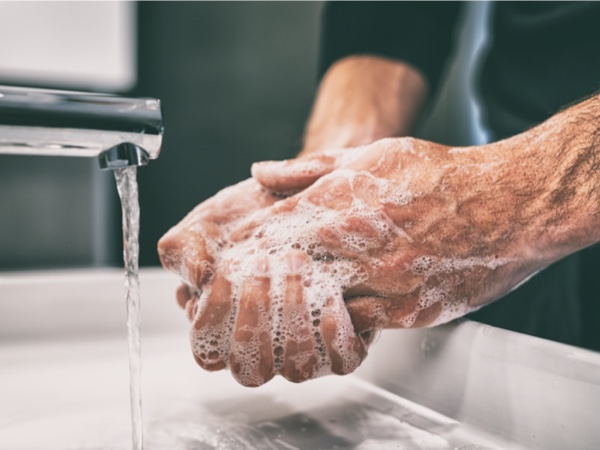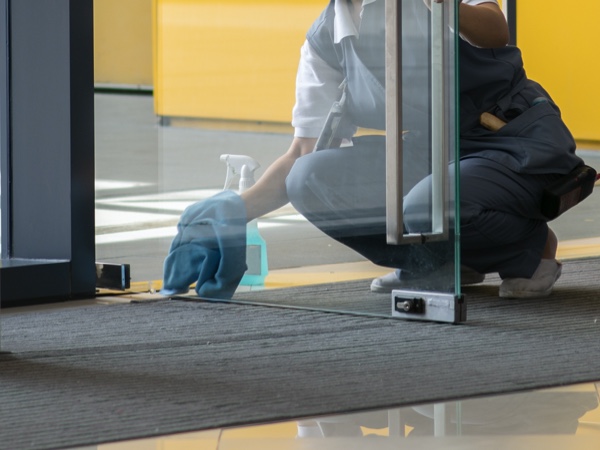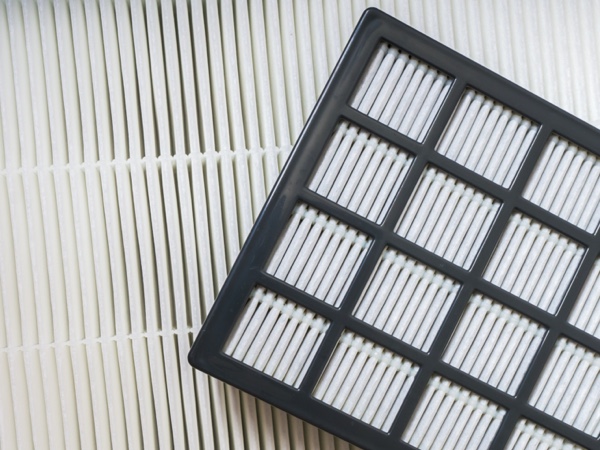Best Practices for Indoor COVID-19 Prevention
5 Ways to Optimize Buildings for COVID-19 Prevention

Parties from the real-estate industry can refer to these immediate preventative steps suggested below.
Increase ventilation
While recirculating air has become the default in our buildings, ventilating with outdoor air is vital to diluting airborne contaminants and decreasing disease transmission rates. For buildings without heating and ventilation systems, another option is simply to open windows to let in more outdoor air.


Show educational signages
Health officials recommend washing hands often with soap and water for at least 20 seconds. Despite being a relatively light-lift strategy in Fitwel, the healthy certification system that we operate, our July 2019 analysis found that only 40% of Fitwel Certified projects integrated handwashing signs into their spaces, demonstrating clear opportunity for improvement.
Strengthen cleaning protocols
Adjusting cleaning protocols to meet the demands of the current situation is another valid approach. Increase cleaning frequency, replenish cleaning supplies ahead of time, and ensure that bathrooms stay stocked with hand soap, hand sanitizer, paper towels, and tissues.


Maintain optimal humidity
Evidence suggests that viruses survive better in low-humidity environments. Buildings can increase humidity via heating and ventilation systems to maintain an optimal range of 40 to 60%, or by purchasing and installing portable humidifiers throughout.
Filter indoor air
While changes to air filtration practices may take more time to implement, it is worth mentioning as this approach can help property managers, architects, and engineers plan for the future. Research suggests that filtration of recirculated air may be effective in reducing transmission of airborne infectious diseases. When operating at their full potential high-efficiency particulate air (HEPA) filters can remove 99.97% of particles that are 0·3 microns or larger. These filters remove dust, vapours, bacteria, and fungi, and also effectively capture viral particles spread by droplet nuclei.Research suggests that under certain conditions, using recirculated air with HEPA filters reduces particulate concentration for indoor air similar to full outside air systems.



- Asia Headquarters
- Europe Headquarters
65 Hopton St,
London SE1 9LR
Email: rachel@monitair-solutions.com
- Beijing Headquarters